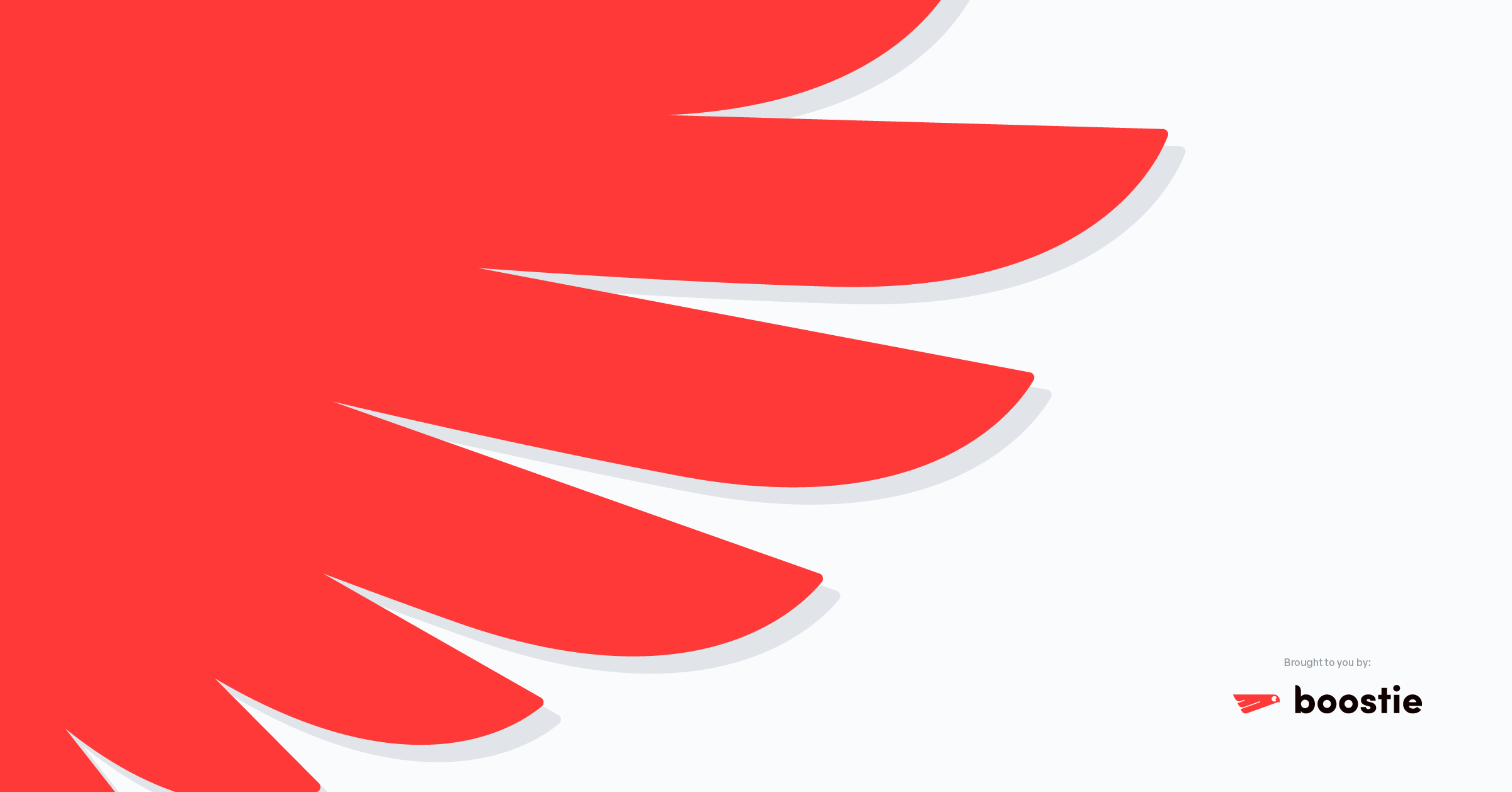In today’s digital world, the recruitment landscape is evolving more rapidly than ever. With the advent of programmatic advertising and the rise of Job Marketing Platforms (JMPs), businesses are redefining how they connect with potential candidates. Our latest eBook, “Taking Flight,” delves into this new era of talent acquisition, and here, we’ll touch on some of the pivotal points from this transformative guide.
The Shift to Digital and Programmatic Advertising
The journey from traditional job boards to the dynamic world of digital recruitment is a testament to the changing face of talent acquisition. Programmatic advertising has set the stage for a more targeted approach, where job ads reach not just any audience, but the right one. With “Taking Flight,” we explore how this shift is not just a trend but a response to the evolving job market where candidate behavior dictates strategy.
The Emergence of Job Marketing Platforms
At the heart of this transformation is the Job Marketing Platform (JMP). Moving beyond the capabilities of traditional programmatic advertising, JMPs offer a holistic solution. They integrate behavioral targeting, ad creation, and landing page optimization, ensuring a seamless and engaging candidate experience. Our eBook dives deep into how JMPs are redefining recruitment, offering insights into their functionalities and advantages.
Key Marketing Channels and Their Impact
Understanding the various channels used in programmatic job advertising is crucial. From social media platforms to search engines and job aggregators, each plays a unique role in attracting potential candidates. In “Taking Flight,” we provide a nuanced view of these channels, backed by compelling statistics that underscore their effectiveness.
The Future of Recruitment
Looking forward, the role of JMPs in the hiring process is undeniable. They represent a shift towards more integrated, data-driven, and responsive recruitment strategies. As we highlight in our eBook, embracing JMPs is not just about keeping up with the times; it’s about leading the charge in the future of hiring.
For businesses looking to navigate the complexities of modern recruitment, understanding and utilizing a Job Marketing Platform is no longer an option—it’s a necessity. “Taking Flight” is more than just a guide; it’s a blueprint for the future of hiring, offering actionable insights and strategies to elevate your recruitment process.
Ready to revolutionize your talent acquisition? Dive into “Taking Flight” and explore the full potential of a Job Marketing Platform. The future of hiring is here, and it’s time to take the lead.
Visit our eBook page to download your copy of “Taking Flight” and embark on a journey to recruitment excellence.

